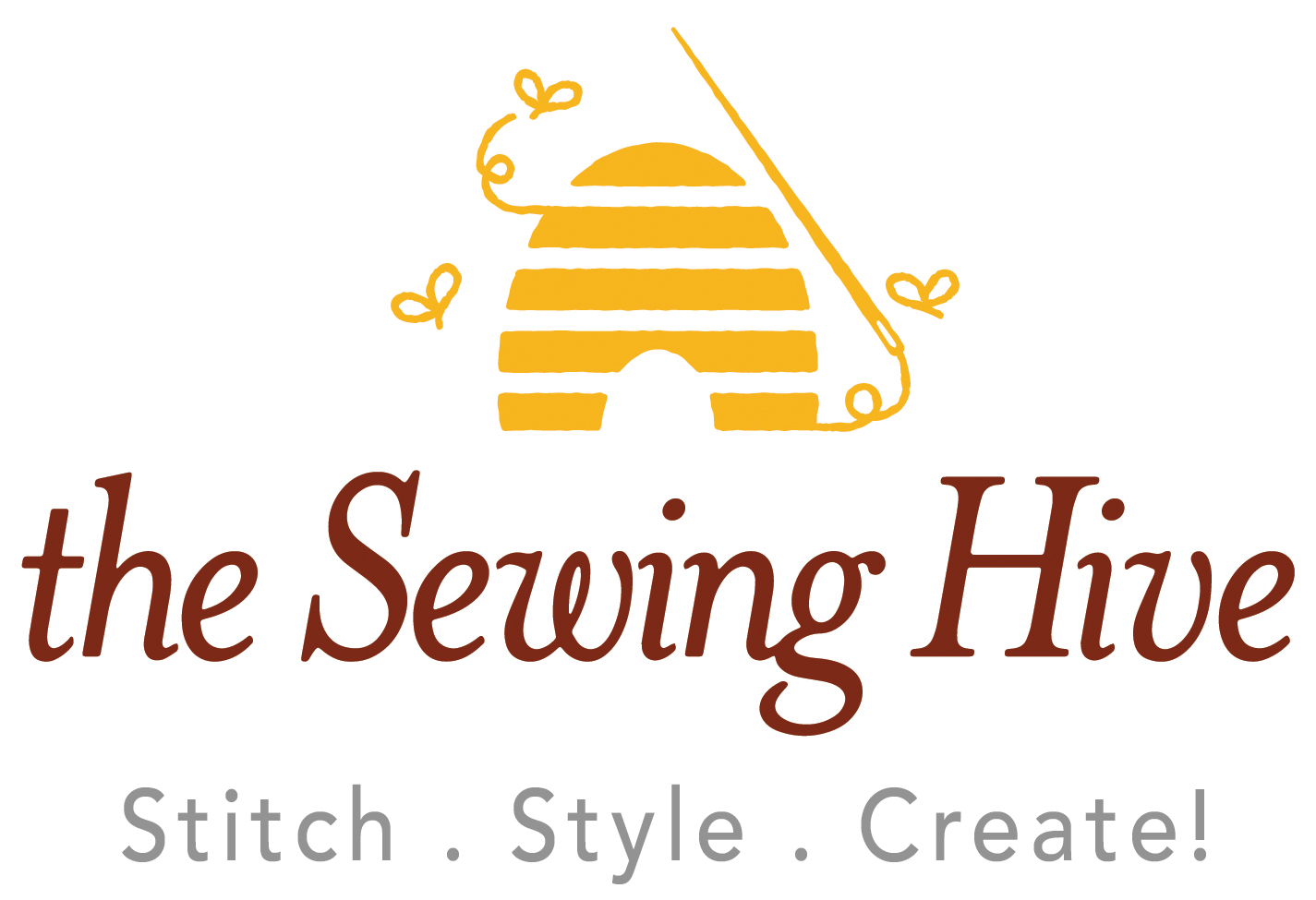Having the correct interfacing for your garment design, and fabric, may make the difference between a successful sewing experience or a disappointing outcome.
Why you need interfacing: Interfacing adds stability to key areas of a garment, such as cuffs, collars, specific seams, and facings. It can add design elements and it can make sewing easier when using fabrics with unique qualities.
There are three major categories of interfacing: non-woven which has no grain, woven and knit. These can be broken down again into fusible, meant to be bonded to the fabric with the heat of an iron or press , and non-fusible, to be sewn to the fabric directly or within the seams.
Non-woven is what you will find in most big box fabric stores, which generally have a focus on crafts, so they stock mostly non-woven. Look thoroughly and you may find 2 or 3 bolts of woven or knit. When would you use a non-woven in garment sewing? A belt, backing for a buttonhole, or a button without fusing to the fabric.
So let’s talk woven and knit interfacing. Most patterns do not specify which type to use. My rule is if it is a knit fabric, I begin with a knit interfacing, and if the fabric is a woven, I begin looking at woven interfacing. When I say begin, I mean I start to look at my sample interfacing and evaluate the fabric weight and drape against the samples of interfacing. You normally are looking for interfacing to have a similar weight and drape as your fashion fabric. Then you need to look at the pattern literature to see if the details give you design clues, but in the end, you decide the design details.
If you are sewing a knit, you want an interfacing that will give with the garment, unless the pattern is asking for you to stabilize a seam. If you fuse a woven onto one side of a knit, sewing two pieces together will be difficult since one piece will stretch differently than the other piece. Best to use a knit interfacing.
Check the information that comes with the interfacing. If it does not say that it has been pre-shrunk, you must do this prior to adhering to your fabric. Otherwise, the first time to launder, especially if washing, the interfacing will bubble and you can see that on the fabric surface……very sad, has happened to me.
Pre-shrinking means gently laying the entire piece into some warm, not hot, water for a few minutes, then allow to drip dry over a rod. It takes very little time to do this.
Once you have cut out your interfacing and fused it to your garment, allow time for it to cool down before you handle it. This allows the glue to completely dry and adhere to your fabric.
Interfacing also comes in tape form, both woven and knit. It’s great for fabric that rolls on you, or helps with sewing seams on silky fabric.
Our local Sew To Speak fabric shop carries both woven and non-woven interfacing. Another source is Fashion Sewing Supply. They have a very extensive product line. We have a swatch set here at the Studio. If you would like to see some of the most common types they offer, send us an email and schedule a time to come down and look through them. If possible, bring your fabric and pattern also. They sell a sample kit for $9.99.
Happy Sewing!…..Gail
